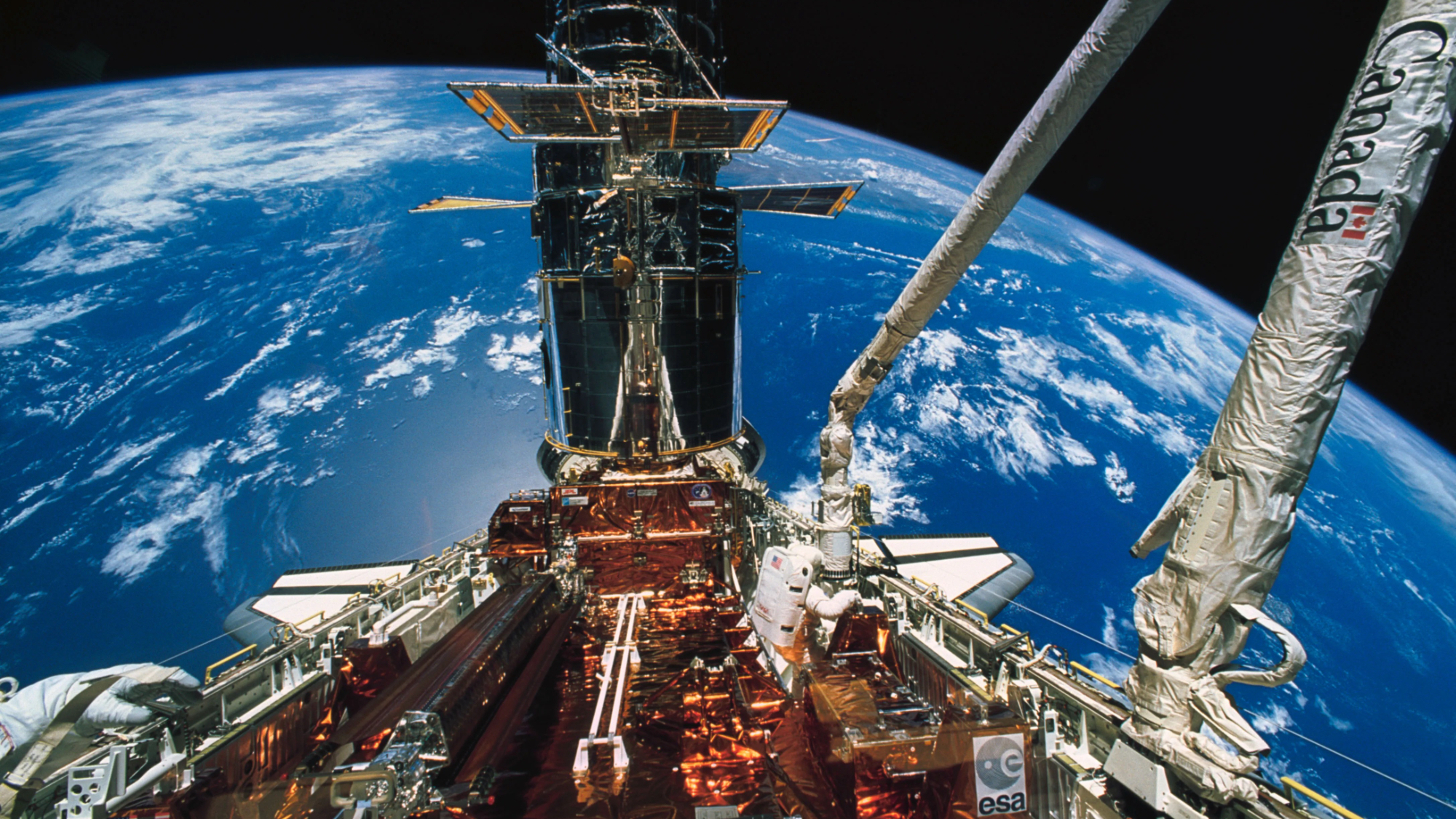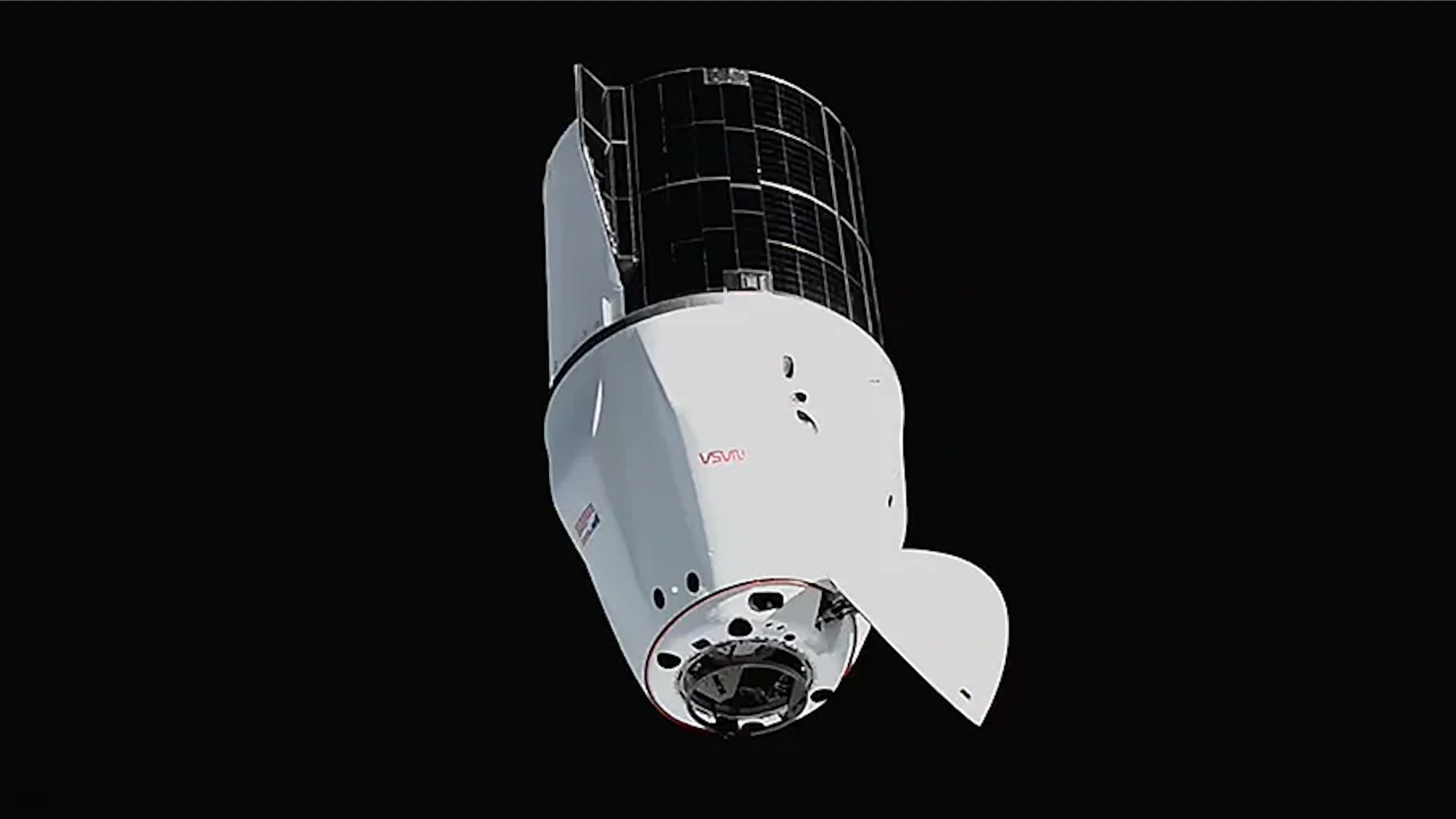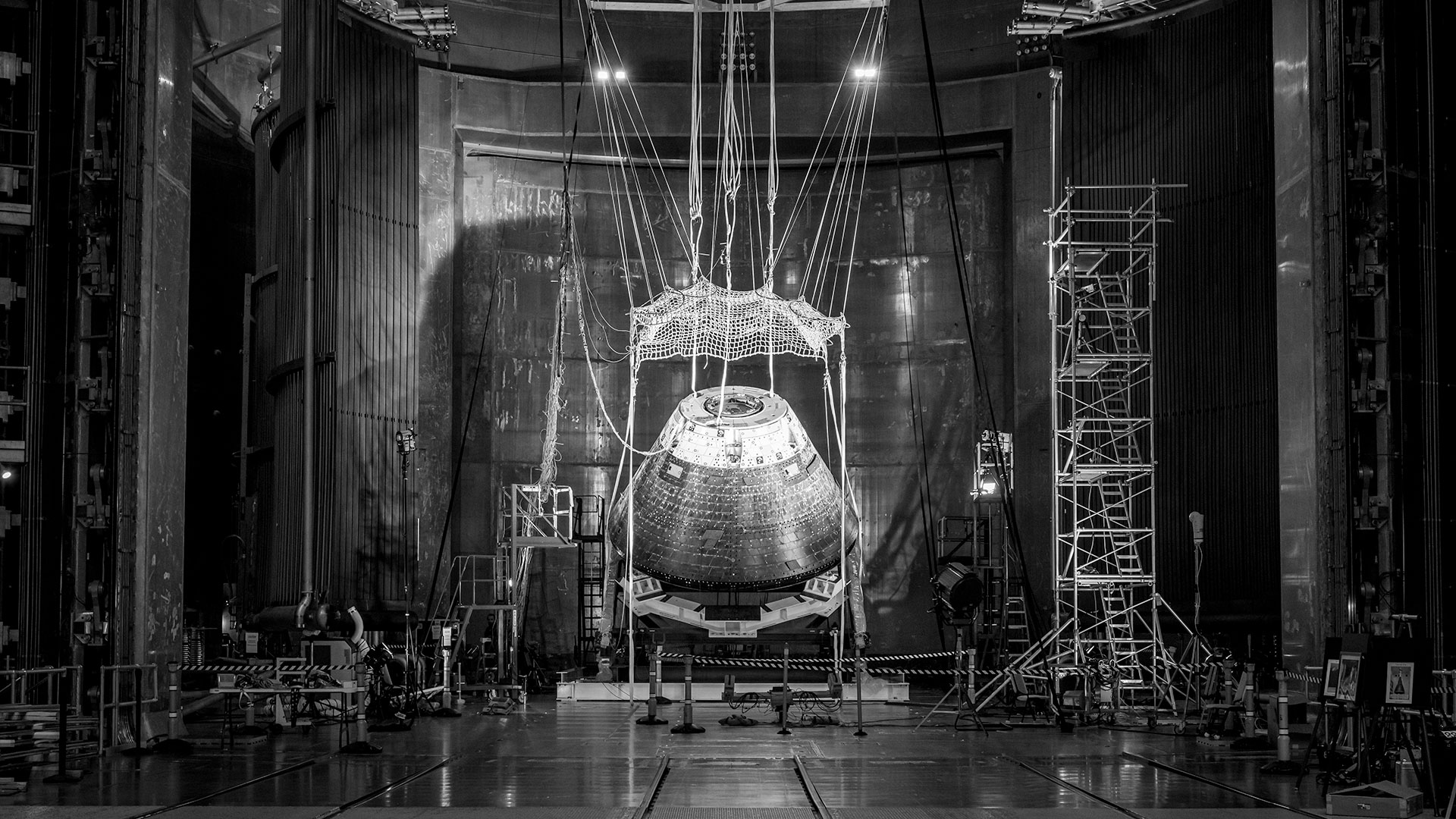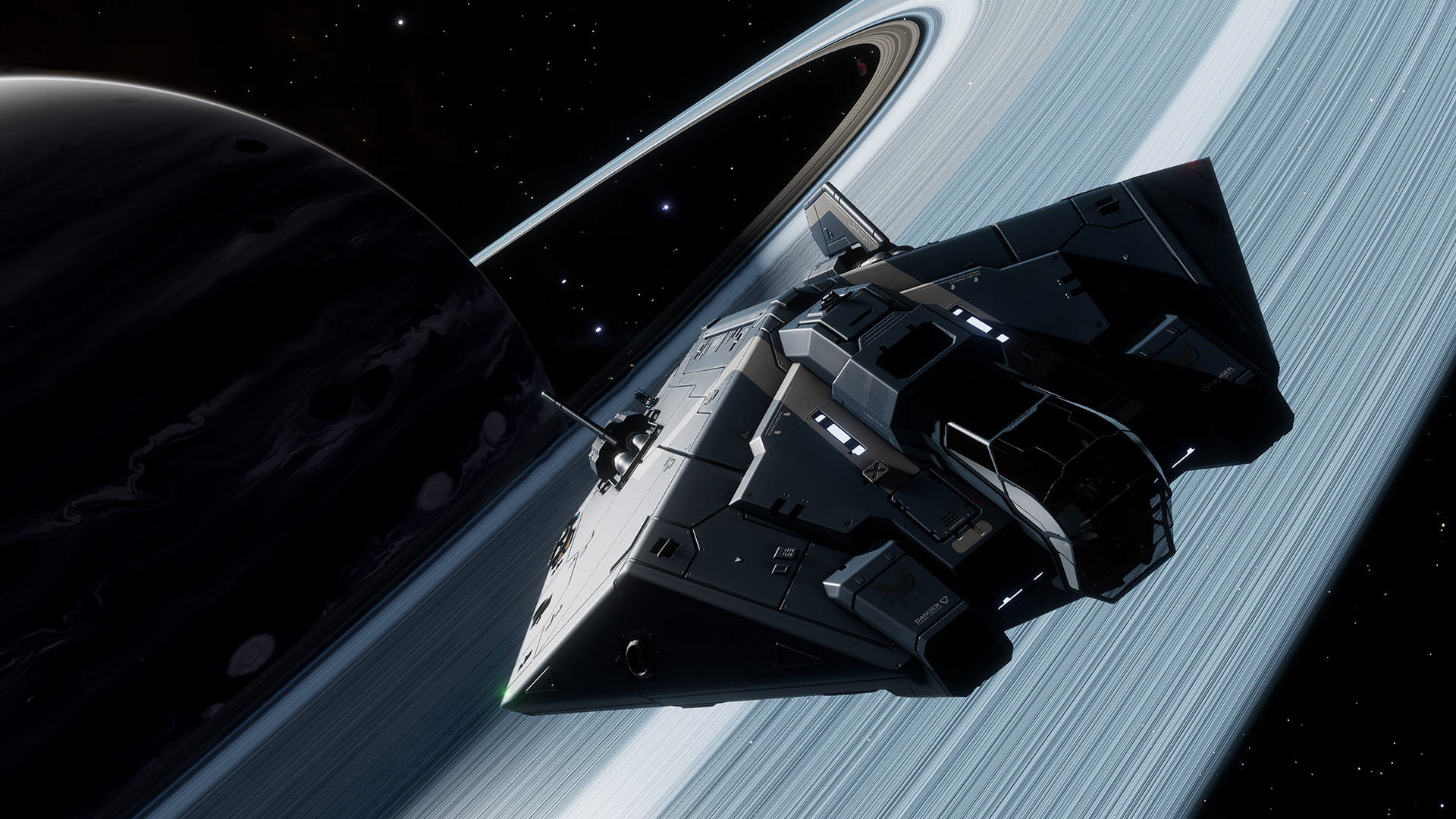Last built-for-flight external tank lifted into place for space shuttle Endeavour exhibit
'We have successfully completed a giant undertaking and the largest part of the space shuttle stack.'

NASA's last-remaining, built-for-flight space shuttle external tank finally took to the sky, albeit for only two brief hops above Los Angeles.
In what was originally planned as an overnight move but extended into a two-day process due to wind concerns and added caution, External Tank-94 (ET-94) was taken aloft by two large cranes and lowered in front of and then between two solid rocket boosters such that together with the soon-to-follow orbiter Endeavour, the stack will form the world's only fully-authentic, upright space shuttle. The resulting 20-story-tall display will be the centerpiece of the California Science Center's Samuel Oschin Air and Space Museum when it it opens in the next few years.
"With the mating of ET-94 to the Solid Rocket Boosters, we have successfully completed a giant undertaking and the largest part of the space shuttle stack," Jeffrey Rudolph, president and chief executive officer of the California Science Center, said in a statement. "With this penultimate step, heartfelt appreciation goes out to our remarkable team whose dedication has made every stage of this complex and unprecedented operation a reality."
Related: End of year, end of exhibit: Space shuttle Endeavour goes off view for a few years
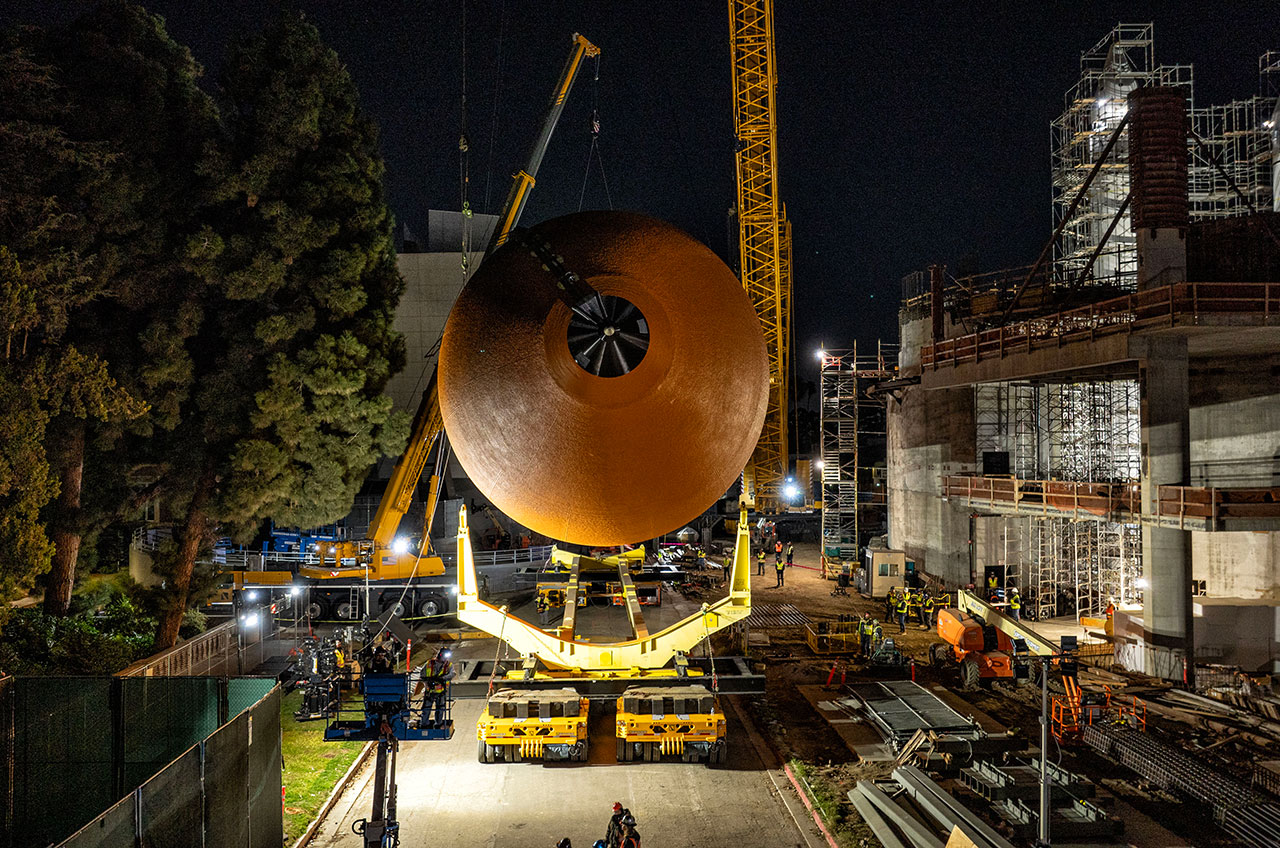
Unable to wait until the new building is complete to move the shuttle in — the vehicle is just too large — the science center has been proceeding with a multi-part stacking process that is not unlike what was done within NASA's Vehicle Assembly Building in Florida, but conducted outside, where the components are subject to the elements. To reduce the chance that wind gusts could start the 154-foot-long (47 meters) orange tank swaying, the team executing the "Go for Stack" effort scheduled the lift to the overnight hours between Thursday (Jan. 11) and Friday (Jan. 12).
Even with that precaution, though, the winds were still a concern as the planned start drew near. A winter storm brought strong gusts to parts of Southern California on Thursday morning and, although they gradually diminished into the afternoon, the team was on alert.
Waiting until conditions were acceptable, two cranes began to hoist the 65,000-pound (29,500 kilograms) tank from its horizontal position at around 3:00 a.m. PST (1100 GMT or 6:00 a.m. EST). Gradually, the tank was rotated into the vertical, and then a single large crane raised ET-94 high enough to clear the partially erected walls of the new air and space center.

The tank was then set down in front of the two 149-foot-tall (45 m) solid rocket boosters and their surrounding scaffolding, as it was now daytime and the winds were starting to pick up again. A decision was made to take a break, give the team a chance to rest and resume the second and last part of the lift on Friday night.
Waiting again until after nightfall, a crane raised the tank and then slowly lowered it between the twin rockets. A laser projected from below helped guide the tank in as workers positioned on the scaffolding stood ready to "soft mate" ET-94 to each booster using the same attach points that held the hardware together for a launch.
"The ET and SRBs have eight attach points," Dennis Jenkins, a veteran NASA space shuttle engineer and the project manager for the California Science Center's Endeavour display, sad in an interview with collectSPACE.com. "The two forward attach points are the primary structure, one on each side. Then there are three struts on each side, so six struts total at the bottom that keep it essentially straight. They do not really take much load, but they are the ones that keep the tank aligned with the boosters."
"The forward points are secured by nuts and bolts. The struts are all pinned. The pins are a couple of inches in diameter, so they are big pins," said Jenkins.
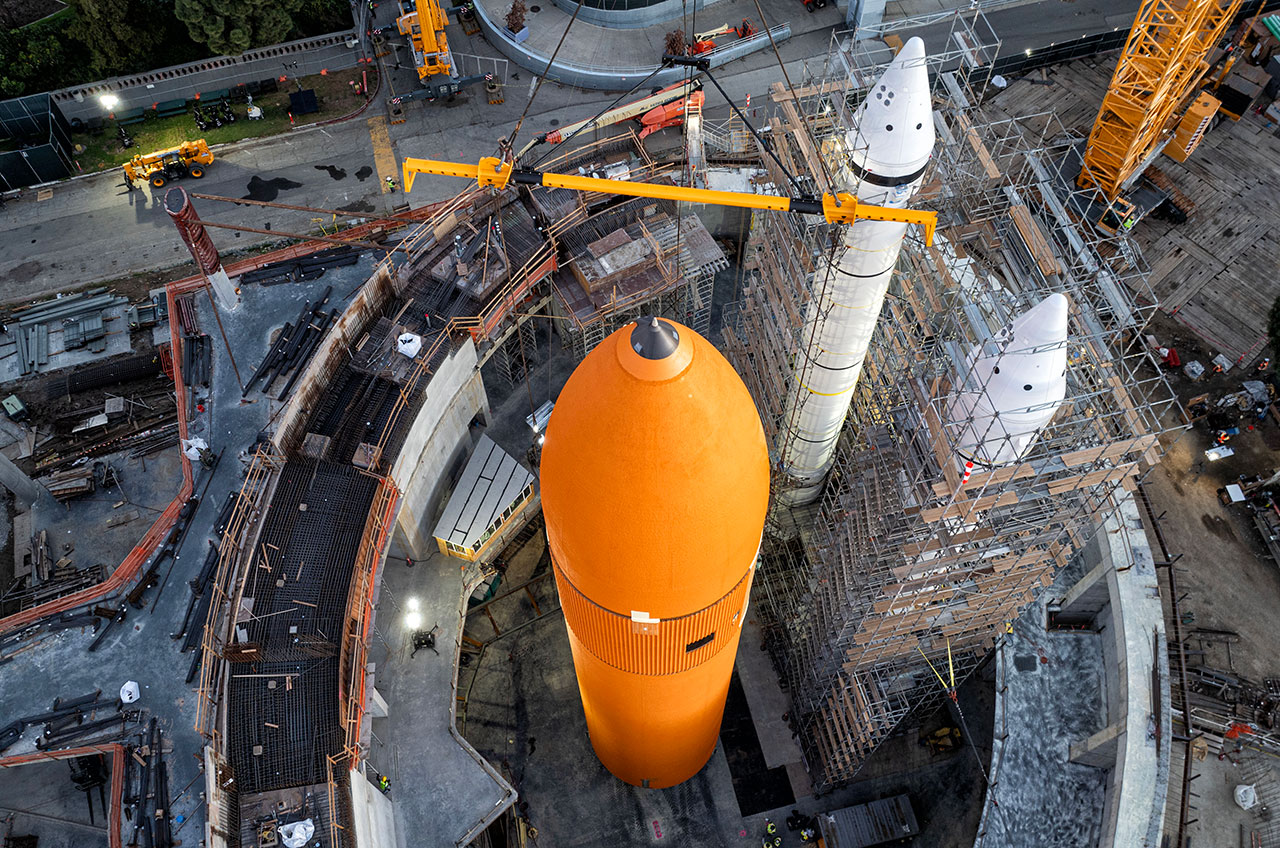
Stacking the external tank brought to close a journey for ET-94 that began with the loss of the space shuttle Columbia in 2003. The tank had originally been slated to launch with Columbia on a science mission, but after the tragedy it became a test article for improving the design of the external tanks still being produced and aided in early studies for the core stage of NASA's Space Launch System (SLS) megarocket.
In 2015, two years after making a brief cameo in the movie "G.I. Joe: Retaliation," doubling as a missile, ET-94 was awarded to the California Science Center for use with Endeavour's future exhibit. A year later, the tank was loaded onto a barge at the Michoud Assembly Facility in New Orleans for a five-week, 5,000-mile (8,000 kilometers) voyage that delivered it to Los Angeles by way of the Panama Canal.
Off-loaded onto a transporter at Marina del Rey, ET-94 then embarked on a 19-hour road trip to the California Science Center. There, the tank sat, positioned alongside the pavilion built to house Endeavour, where it periodically was worked on to install hardware and apply new insulation while it waited for its lift into place.
Up next (quite literally) will be Endeavour. Recently enveloped in shrink wrap to prevent it from getting dirty, the winged orbiter will undergo a similar move, lift and mate as ET-94 sometime in the coming weeks. Once assembled, the stack will then wait to be configured for display as the Oschin Air and Space Center building is finished around and above it.
Click through to collectSPACE to see more photos from the lift of External Tank-94 into place for the future exhibit of the space shuttle Endeavour.
Follow collectSPACE.com on Facebook and on Twitter at @collectSPACE. Copyright 2024 collectSPACE.com. All rights reserved.
Get the Space.com Newsletter
Breaking space news, the latest updates on rocket launches, skywatching events and more!
Join our Space Forums to keep talking space on the latest missions, night sky and more! And if you have a news tip, correction or comment, let us know at: community@space.com.

Robert Pearlman is a space historian, journalist and the founder and editor of collectSPACE.com, a daily news publication and community devoted to space history with a particular focus on how and where space exploration intersects with pop culture. Pearlman is also a contributing writer for Space.com and co-author of "Space Stations: The Art, Science, and Reality of Working in Space” published by Smithsonian Books in 2018.In 2009, he was inducted into the U.S. Space Camp Hall of Fame in Huntsville, Alabama. In 2021, he was honored by the American Astronautical Society with the Ordway Award for Sustained Excellence in Spaceflight History. In 2023, the National Space Club Florida Committee recognized Pearlman with the Kolcum News and Communications Award for excellence in telling the space story along the Space Coast and throughout the world.

